A solid restaurant budget isn't just about crunching numbers — it's your blueprint for profit, stability and smart decision-making.
From managing labor costs to predicting cash flow dips, the right budgeting approach keeps your restaurant financially healthy and growth-ready.
What Is a Restaurant Budget?
A restaurant business budget is a financial plan for your restaurant that outlines expenses and revenue.
This helps you set financial targets over a set period (monthly, annually, etc.).
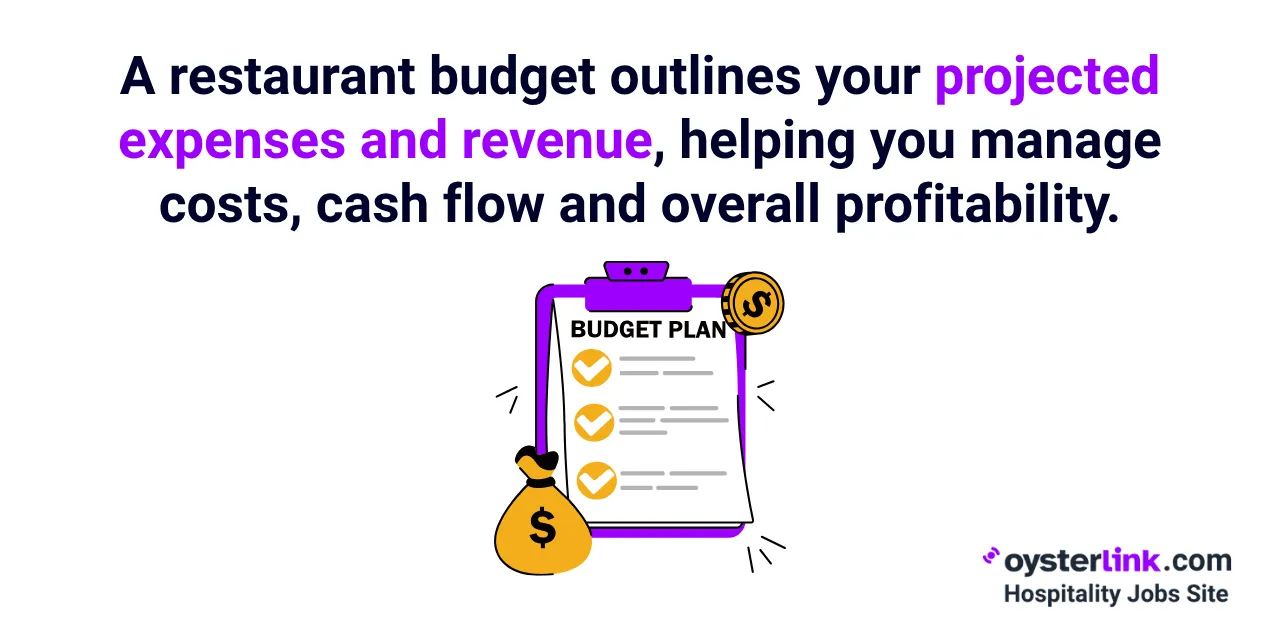
A restaurant budget also helps you manage cash flow, control costs and ensure the profitability of your establishment.
Who Is in Charge of Budgeting in a Restaurant?
Restaurant owners are usually in charge of finalizing the restaurant budget plan, especially for smaller establishments.
Restaurant Managers are also in charge of budgeting for all aspects of the restaurant, including back- and front-of-house operations.
Assistant Restaurant Managers can also assist the Restaurant Manager with the budgeting process.
They can help keep track of expenses and manage revenue streams.
What Makes an Effective Restaurant Budget Plan?
A restaurant budget plan encompasses different aspects of your restaurant’s financial stability.
For any restaurant budget, make sure to include the following:

Let’s go through each component one by one.
Net sales
The term “net sales” refers to the money coming into your restaurant after deducting any discounts, refunds, etc.
This includes money from food, drinks and other services.
Net sales = Total sales - (Discounts + Refunds + Allowances)
Prime cost
The term “prime cost” refers to the largest expenses for your restaurant.
These are often attributed to the cost of goods sold (or COGS) and the cost of your labor.
- COGS: Money spent on ingredients, beverages and other food items so you can prepare and serve meals for your customers
- Labor cost: Money spent on wages for your staff, taxes and benefits
Prime cost = COGS + Labor cost
Controllable income
The term “controllable income” refers to the amount left after subtracting the prime cost from your net sales.
It’s called “controllable” as it shows how well you’re managing costs that you can directly influence, like COGS and staffing.
Controllable income = Net sales - Prime cost
Operating expenses
The term “operating expenses” refers to your restaurant’s expenses for everyday operations.
They can include utilities, marketing, emergency and administrative costs. Most of these are fixed costs needed to keep your restaurant running.
These costs can also include technology costs such as point-of-sale systems and other software subscriptions.
Keep in mind that there is no specific formula for calculating operating expenses.
Simply just add the various costs of each expense. For example:
Operating expenses = Utilities + Emergency repairs + App subscriptions + Marketing
Net income
This is your restaurant’s profit made after deducting all expenses (including taxes, payroll, rent, etc.) from your total revenue.
Net income = Net sales - (Prime cost + Operating expenses)
4 Steps for Restaurant Budgeting Success
Before diving into the steps, check out this quick video from restaurant coach David Scott Peters, where he explains why budgeting systems are essential and how simple processes can help lower food costs and improve profitability:
Now that you know the items included in a restaurant budget plan, here are steps to draft your own.
1. Have an inventory of expenses and revenue
List down every source of income and every type of expense for your restaurant.
Income refers to the money you make from your food and beverage items, while expenses cover your inventory, rent, utilities and more.
Check out the example below.
| Category | Item | Amount |
| Revenue sources | Food sales | $15,000 |
| Beverage sales | $4,000 | |
| Small catering orders | $1,000 | |
| TOTAL REVENUE | $20,000 | |
| Cost of goods sold (COGS) | Food costs | $4,500 |
| Beverage costs | $1,200 | |
| Total COGS | $5,700 | |
| Labor costs | Staff wages | $4,000 |
| Manager salary | $2,000 | |
| Benefits | $300 | |
| Total labor costs | $6,300 | |
| Operating expenses | Rent | $1,500 |
| Utilities | $500 | |
| Marketing | $200 | |
| Cleaning supplies | $100 | |
| Total operating expenses | $2,300 | |
| Technology and equipment | Point-of-sale system fees | $100 |
| Equipment repairs | $150 | |
| Total tech and equipment expenses | $250 | |
| Miscellaneous expenses | Insurance | $300 |
| Licensing and permits | $50 | |
| Total miscellaneous expenses | $350 | |
| TOTAL EXPENSES | $14,900 | |
| NET INCOME | TOTAL REVENUE - TOTAL EXPENSES | $5,100 |
Keep track of fixed costs, semi-variable costs and variable costs.
Fixed costs remain the same regardless of your sales or other activities.
Semi-variable costs can stay the same or change depending on the activity or usage.
Meanwhile, variable costs can fluctuate depending on your restaurant’s activity or usage.
You also have controllable and uncontrollable costs.
Controllable costs are those that you can directly impact as the person in charge of budgeting, while uncontrollable costs tend to be fixed by external factors.
From the table above, here are examples of each one:
- Fixed costs: Rent, insurance premiums
- Semi-variable costs: Utilities, staff wages
- Variable costs: Food and beverage costs, catering costs, cleaning supplies
- Controllable costs: Food, beverage, labor and marketing costs, cleaning supplies
- Uncontrollable costs: Rent, utilities, insurance, licensing and permits
2. Implement an accounting process
Now that you know your revenue streams and total expenses, you can take other steps to make sure you’re keeping track of everything correctly.
To better understand how restaurant accounting works, check out this quick crash-course video — it breaks down the fundamentals so you can get your finances in order and understand what’s really happening in your business:
Point-of-sale systems will be your best friend in your budgeting plan. These can reduce human error and simplify your budgeting and forecasting.
You can also hire an accountant and/or bookkeeper so you can focus on your other equally important tasks. An accountant can review and analyze your sales, income and expenses, while a bookkeeper can track, organize and keep your financial records.
3. Set budget goals and monitor progress
Set specific, measurable and achievable goals to ensure your restaurant’s long-term success.
Here are some examples of financial goals you can take on for your establishment:
- Increase bimonthly revenue by 7%
- Aim to reduce food costs by 5% over the next quarter
- Increase net profit by 15% within six months
These goals all have deadlines and can be easily measured and monitored by tracking and analyzing your sales data and financial statements.
4. Manage labor costs efficiently
Before diving into the steps, check out this short video that shares practical strategies for controlling restaurant labor costs:
It highlights simple, high-impact ways to manage the expenses you can control.
Labor is definitely one of the biggest expenses for restaurants. Managing labor costs can get tricky and, if not handled properly, may lead to compromised service quality.
Here are some steps you can take for your labor management:
- Schedule staff aligned with peak hours: Know your peak hours and assign more staff to cover the demand. Assign fewer Servers during slow hours. Don’t be afraid to use scheduling software to schedule your staff more easily.
- Track labor hours and monitor overtime: If you see your staff working more than 50 hours in a week, hire more part-time workers.
- Keep labor costs under 30% of your total revenue: Keeping your labor costs in check will allow you to save up or invest.
Top Restaurant Expenses You Need to Track
The top expense of a restaurant may vary depending on the type of establishment, the number of your staff, your location and more.
However, the following items are usually what make up the top expenses for most restaurants.
Restaurant expense 1: Food
Food costs are usually the largest expense for most restaurants.
Food costs include the price of ingredients, as well as the raw materials used to prepare menu items.
Pro tip: Keep food costs between 28% and 35% of your revenue.
Restaurant expense 2: Labor
You need people to keep your restaurant running smoothly, so hiring enough people is a must.
Keep in mind that aside from wages, labor costs also include the following:
- Job benefits
- Uniforms
- Retirement plans
- Overtime pay
- Insurance
- Training
- Payroll taxes
- Time off
Pro tip: Keep labor costs under 30% of your revenue.
Restaurant expense 3: Rent
The amount of rent can vary depending on location, the size of the space and the area’s foot traffic and demand.
Make sure to check the lease agreement carefully to understand the terms, including rent increase, utilities responsibilities and other additional fees.
Pro tip: When deciding your location, make sure your restaurant’s revenue can comfortably cover rent along with other operational expenses.
Restaurant expense 4: Marketing
Although marketing expenses are not usually as high as the previous items, it’s a necessary expense that you should invest in.
Marketing expenses are usually spent on advertising, social media management, loyalty programs and more.
Always monitor the return on investment from each marketing activity so you know which gives measurable results and avoid overspending on activities that don’t work.
Pro tip: Keep marketing expenses between 3% and 6% of your revenue.
Benefits of Good Restaurant Budgeting
If you don’t have a clear budgeting process, you may find yourself not having enough cash when you need it.
Here are at least three benefits of a well-planned, sustainable restaurant budget plan.
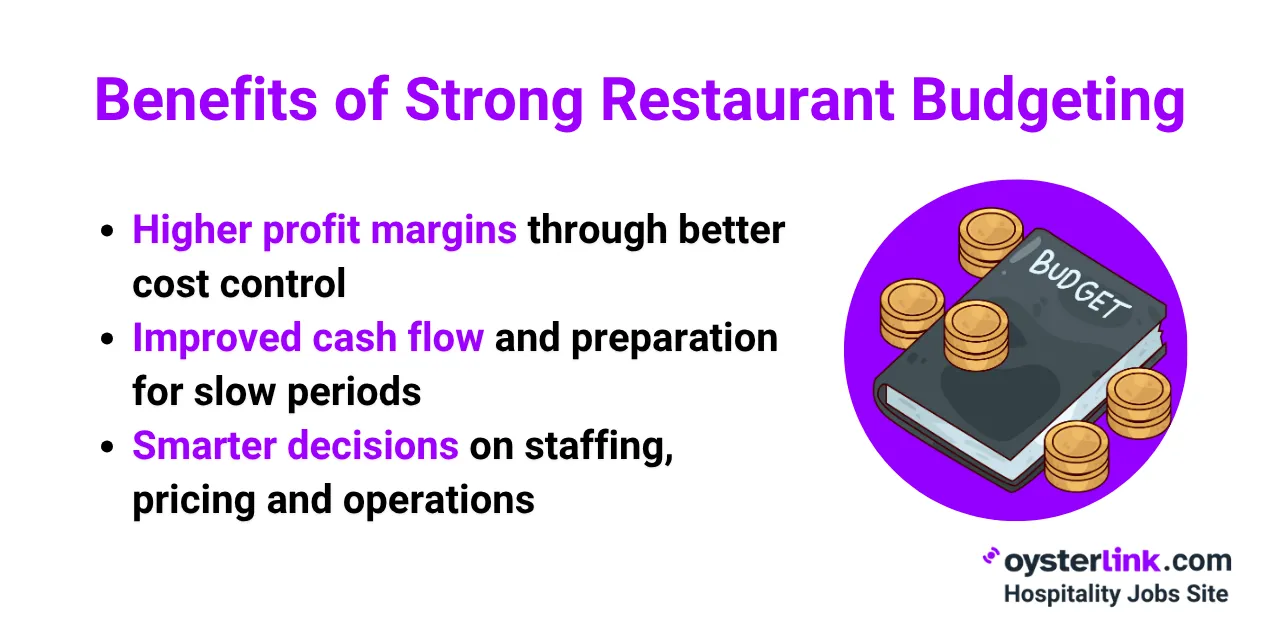
Improved profit margins
According to Toast, the average profit margin for restaurants is between 3% and 5%.
With a clear budget, you can optimize costs and unnecessary spending, which can ultimately help improve your restaurant’s profit margins.
Better cash flow management
By having a clearer overview of your budget, you can anticipate low cash flow, plan for fluctuations and spikes in sales and avoid expensive mistakes.
You can also be better prepared for emergencies, necessary repairs and other unforeseen situations that can impact your finances.
Informed decision making
By having a good understanding of your revenue, sales and income, your restaurant’s management team can make more informed, wiser decisions.
This is especially important when it comes to staffing, menu pricing and more.
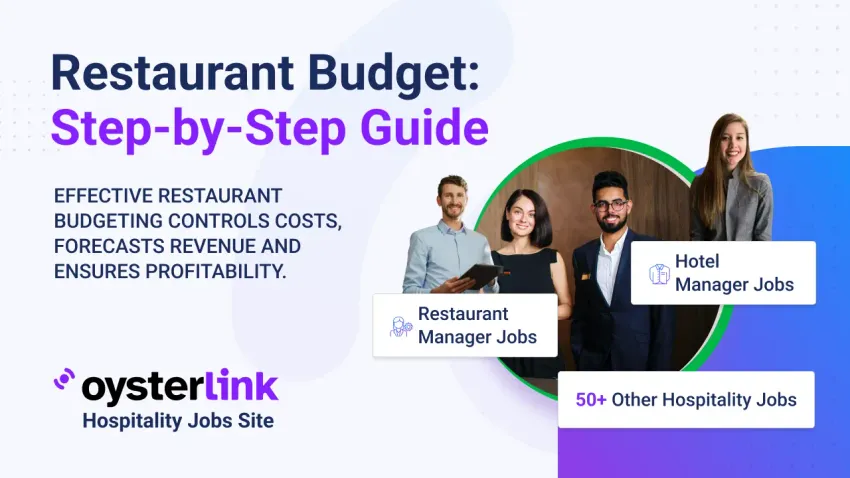









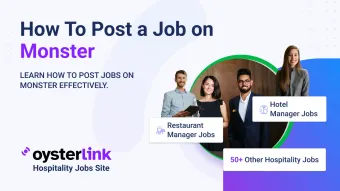
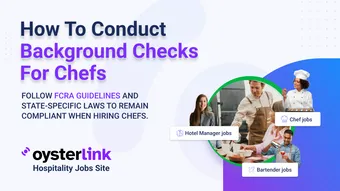


Loading comments...